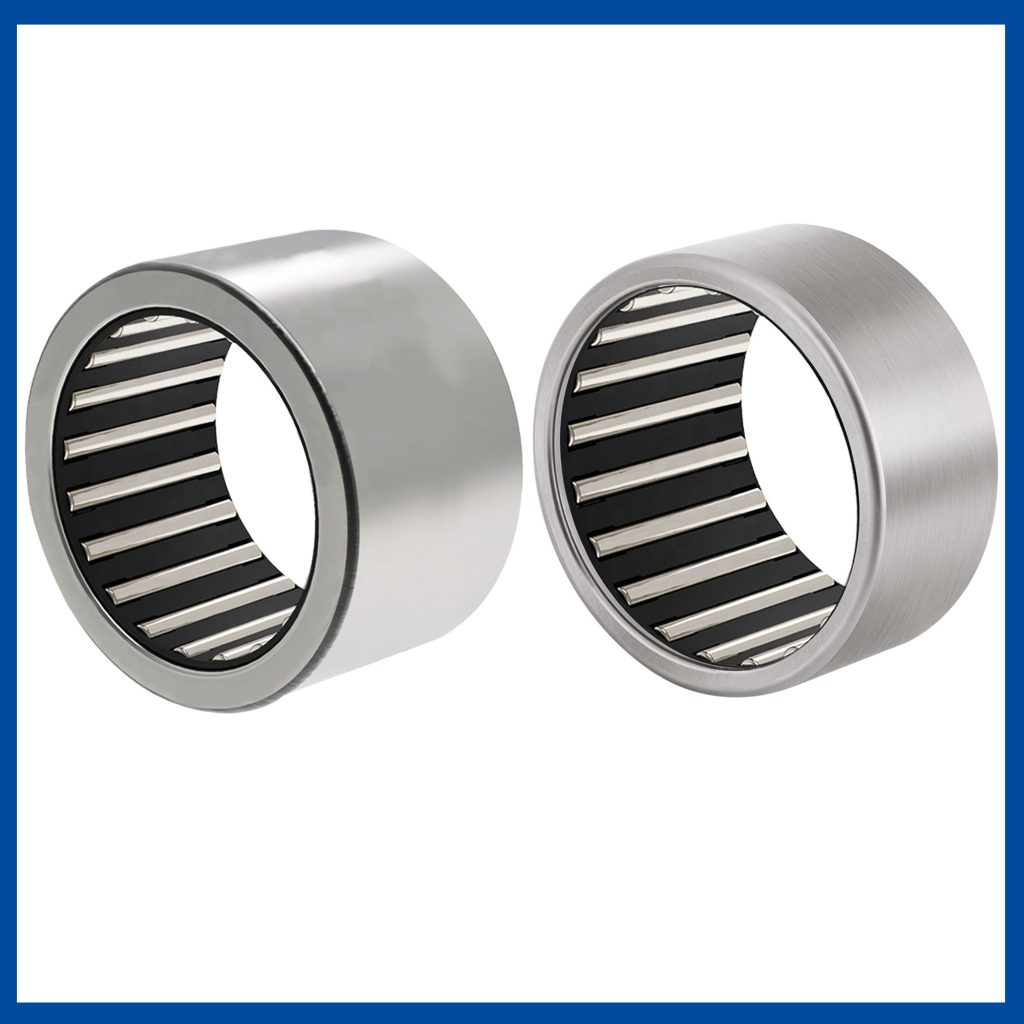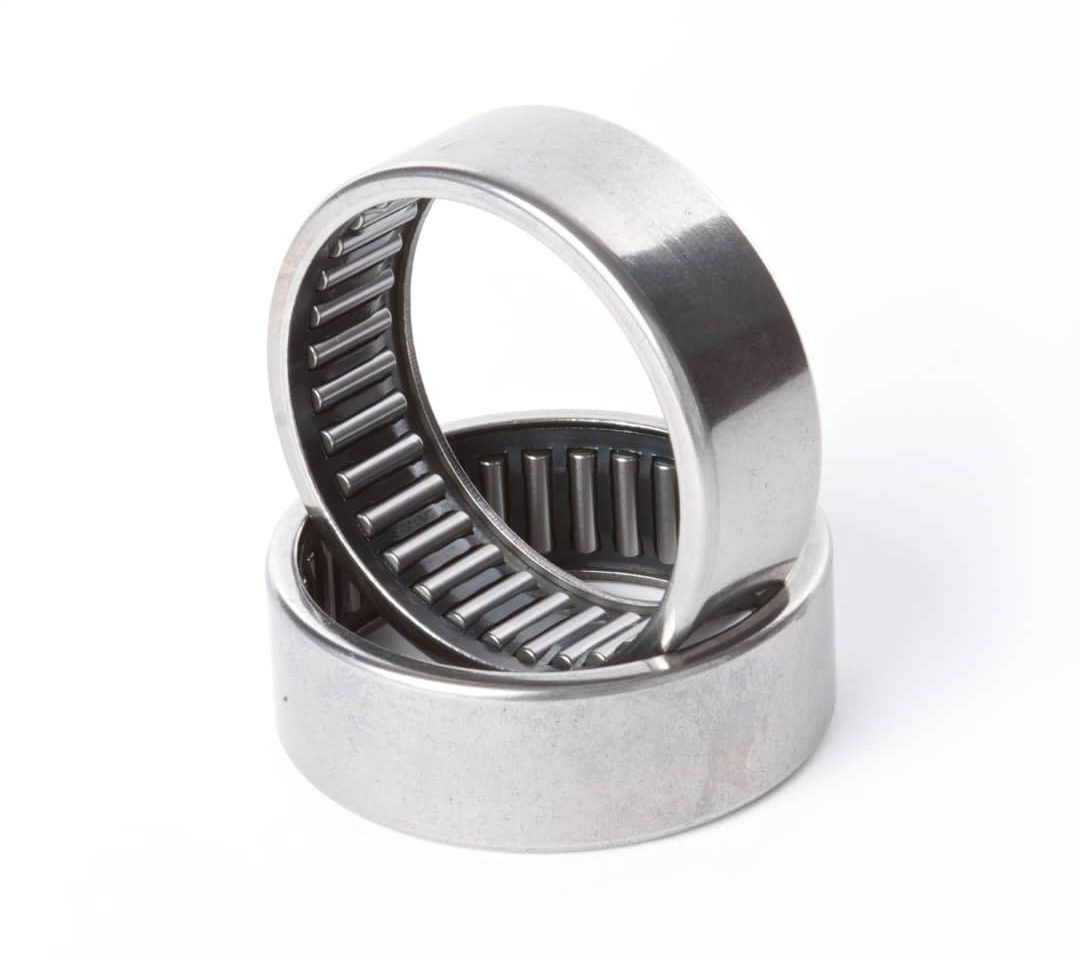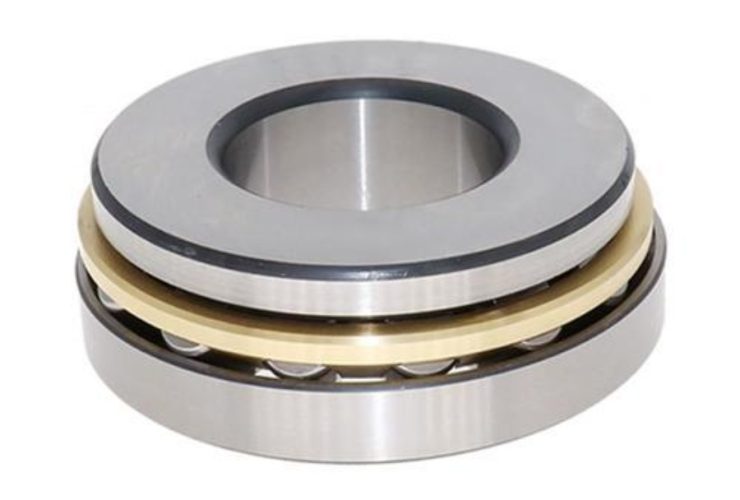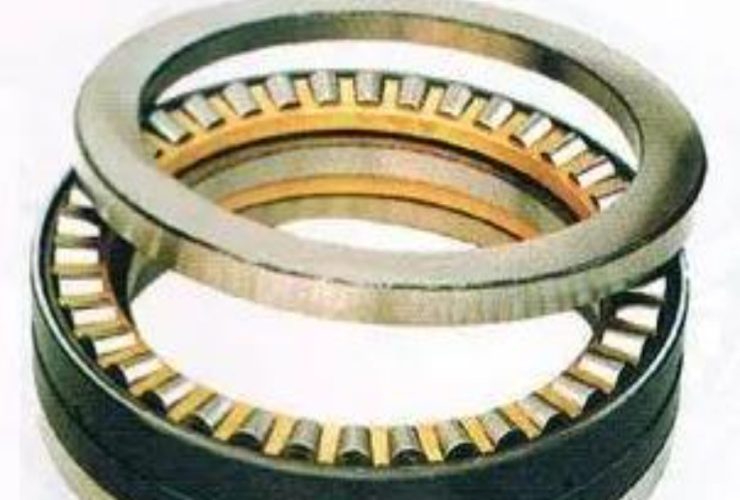Why Needle Roller Bearings Are The Backbone Of The Modern Machines
In the world of precision engineering, needle roller bearings stand out as mysterious heroes. These compact and high load components allow everything from electrical vehicles to heavy building equipment. Specializing in premium manufacturing, our bearings meet the rigorous demands of industries where failure is not an option.

The global bearing market is expected to reach US $ 245 billion by 2030 (Market Research Future, 2023), driven by automation and electrification. Needle roller bearings are fundamental in this growth, offering incomparable efficiency in the minimum space. Its exclusive cylindrical rollers with a length 3-10x their diameter through which it maximizes surface contact, distributing loads evenly as they save space. For example, the latest Tesla EV transmission system uses needle rollers bearings to reduce weight by 15% without sacrificing torque capacity.
In this guide, you will learn:
- Main advantages of needle roller bearings on traditional bearings.
- Applications in industries such as automotive, robotics and aerospace.
- Advanced engineering resources that raise performance.
- Best maintenance practices to extend the life of the bearing.
- Emerging technologies shaping the future of bearing design.
Let’s dive into the mechanics of these powerful components.
5 reasons to choose Needle Rollers Bearings from Yiqui Bearing
- High load capacity in the minimum space:
With load capacity up to 30% larger than ball bearings of the same size, needle roller bearings stand out in confined spaces. Some of our products fit perfectly into gearboxes, pumps and transmissions. For example, Siemens wind turbines use these bearings to deal with 12-ton rotor loads in compact nacelles.
- Reduced friction and heat generation:
Precision-ground rollers and cages minimize friction, reducing operating temperature by 20% (Journal of Tribology, 2022). This is critical for high -speed CNC machines, where overheating can deform components.
- Durability under extreme conditions:
Advanced materials, such as carburized steel absorbs shock loads, vibrations and contamination. In mining equipment, bearings endure abrasive dust and humidity while maintaining 95% efficiency in 10,000 hours.
- Cost efficiency:
Longer service intervals and reduced downtime cut maintenance costs by 40% for industries such as wind energy. A German solar farm registered € 200,000 annual savings after moving to the needle rollers.
- Versatility:
Available in projects of caged glasses, complete and designed to combine specific load and speed requirements. Customizable seals and lubricants meet niche applications as underwater robotics.
Where needle roller bearings shine: industry applications
1. Automotive and EVs
- Transmissions: Handle high radial loads on gear shafts. BMW’s 8-speed automatic transmission uses needle rollers to get 98% mechanical efficiency.
- Electric motors: Reduce friction in rotor supports to improve efficiency. The Tesla’s engine of the Y model employs needle bearings to continually support 10,000 rpm.
- Suspension system: Absorb road shock without adding bulk. Formula 1 teams rely on them for mild, high-performance suspension linkage.
Our products have certified low-noise designs for ISO 14001 standards, making them ideal for hybrids and electric vehicles.
2. Aerospace
- Actuators: Provide accurate control in the landing gear system. Boeing’s 787 Dreamliner uses needle bearings to ensure smooth return even at 60 ° C.
- Engine component: Work firmly under excessive temperature (up to 150 ° C) in a jet turbine.
3. Industrial machinery
- Robotics: Enable compact joint design for agile movements. ABB’s Yumi collaborative robots use needle rollers to achieve 0.02 mm recurrence.
- Conveyor System: Support heavy loads in manufacturing plants. Amazon’s supply centers use them to handle 5,000+ packages/hour with minimal downtime.
4. Renewable energy
- Wind Turbines: Gearbox has to face 10-15 MW load. Offshore turbines use needle bearings for a lifetime of 20 years in salty, humid environments.
- Hydropower: Manage axial and radial forces in the turbine shaft.
Engineering innovation in needle roller bearings
Modern needle roller bearings are not just components- they are solutions. Advanced designs here are different:
- Material innovation:
Hybrid ceramic and M50 steel expand lifespan in high-speed applications (up to 15,000 rpm). For example, NASA’s Mars Rovers use ceramic-coated bearings to avoid dusty martian conditions.
- Adaptation:
Tailor bearings for your requirements:
- Cage material: Brass for high speed stability, polymer for rust resistance.
- Lubrication: Solid-film options for vacuum environment (eg, space satellite).
- Seals: Multi-labyrinth seals block the contaminant in food processing plants.
- Quality Assurance:
Each batch undergoes 3D profiles and fatigue tests for more than ISO 15242–1 standards. Automatic optical inspection (AOI) systems detect micron-level defects.
Maintenance tips to maximize bearing life
- Proper lubrication:
Use high-viscosity oils (ISO VG 320) for high-speed applications. Re-grease every 500–800 operating hours with lithium-complex grease.
- Control control:
Install seals to block abrasive particles. In paper mills, double-lip seals extend the bearing’s life.
- Alignment check:
Misalignment causes premature failures and you need to use laser alignment equipment during installation. SKF’s TKSA 11 alignment kit is industry-recommended.
- Storage:
Keep bearings in anti-corrosion packaging at 20-25°C and 40–60% humidity. Avoid stacking boxes to prevent deformation.
Frequently asked questions
Q1: Can needle roller bearings handle axial load?
A: Mainly designed for radial loads, but paired with thrust washers, they can manage moderate axial forces. For heavy axial loads, consider tapered roller bearings.
Q2: How do I choose between closed and full complement designs?
A: Captured bearings can be used for high -speed applications (up to 15,000 rpm). Maximize the load capacity at full complement design (eg, NA 69) low speed (<3,000 rpm).
Q3: What is the lifespan of high quality needle roller bearings?
A: In appropriate circumstances, 20,000–50,000 hours based on load and environment. The rigid condition (eg, mining) can reduce it by 10,000 hours.
Q4: Are corrosion-resistant options available?
A: Yes! Stainless steel (AISI 440C) and polymer-coated models excel in marine or chemical environments.
Q5: Can I change ball bearings with needle rollers?
A: In most cases, yes but you need to consult with engineering guidelines for Retrofitting. Ensure that housing dimensions and lubrication systems are compatible.
Future trends in impact technology
- Smart Bearings: Embedded sensors (eg, SKF Insight) monitor the wear, temperature and load in real time, predicting failures through AI algorithms.
- Eco-friendly material: Recycled polymers and bio-based lubricants reduce carbon footprints. Schaeffler’s Green Asar initiative is aimed at 50% recycled materials by 2030.
- Additive Manufacturing: 3D-printed bearings with forged structures weigh 40%.
Final Thoughts
In the world demanding smaller, faster and stronger machinery, needle roller bearings are silent workhorse driving progresses. With accurate engineering and state-of-the-art technology, these components redefine performance standards in industries.
Are you ready to upgrade your equipment? Explore the advanced needle roller bearing solution designed for excellence.



